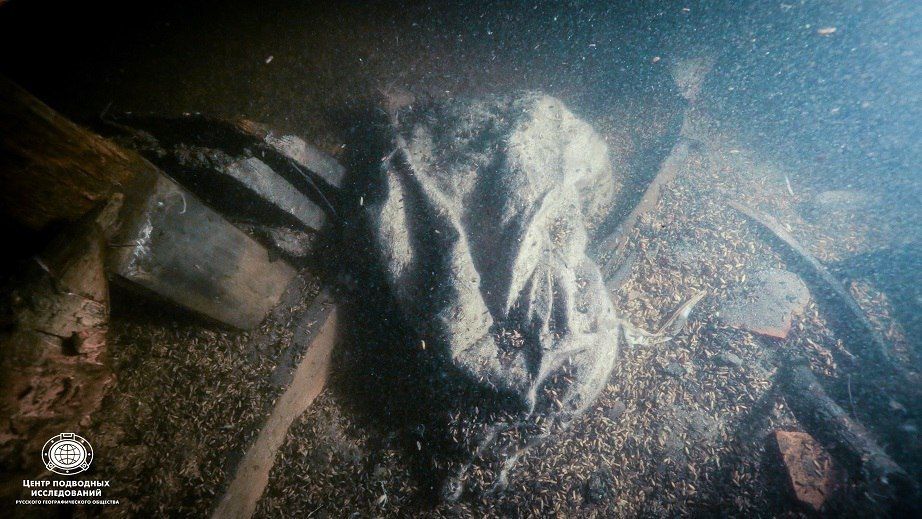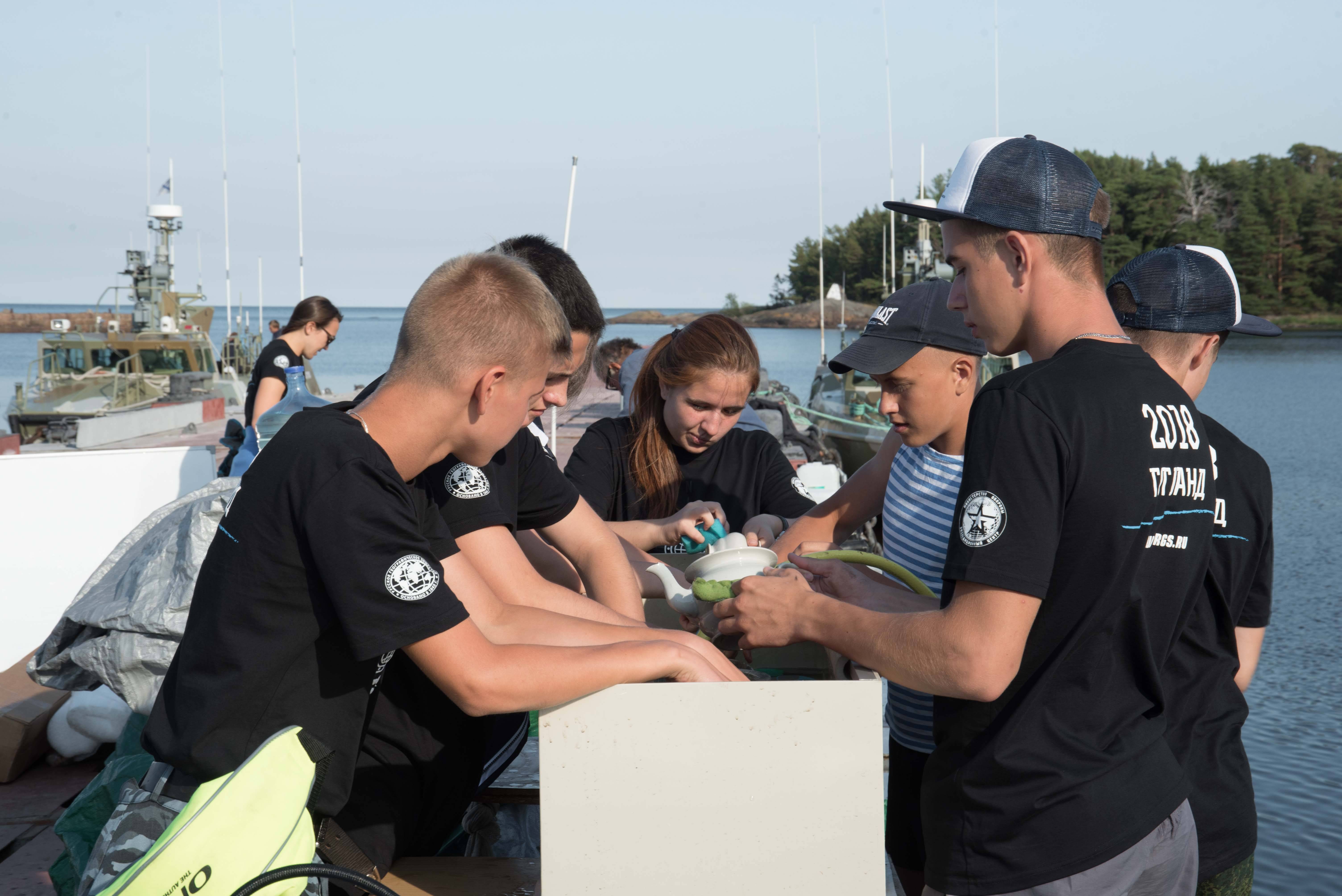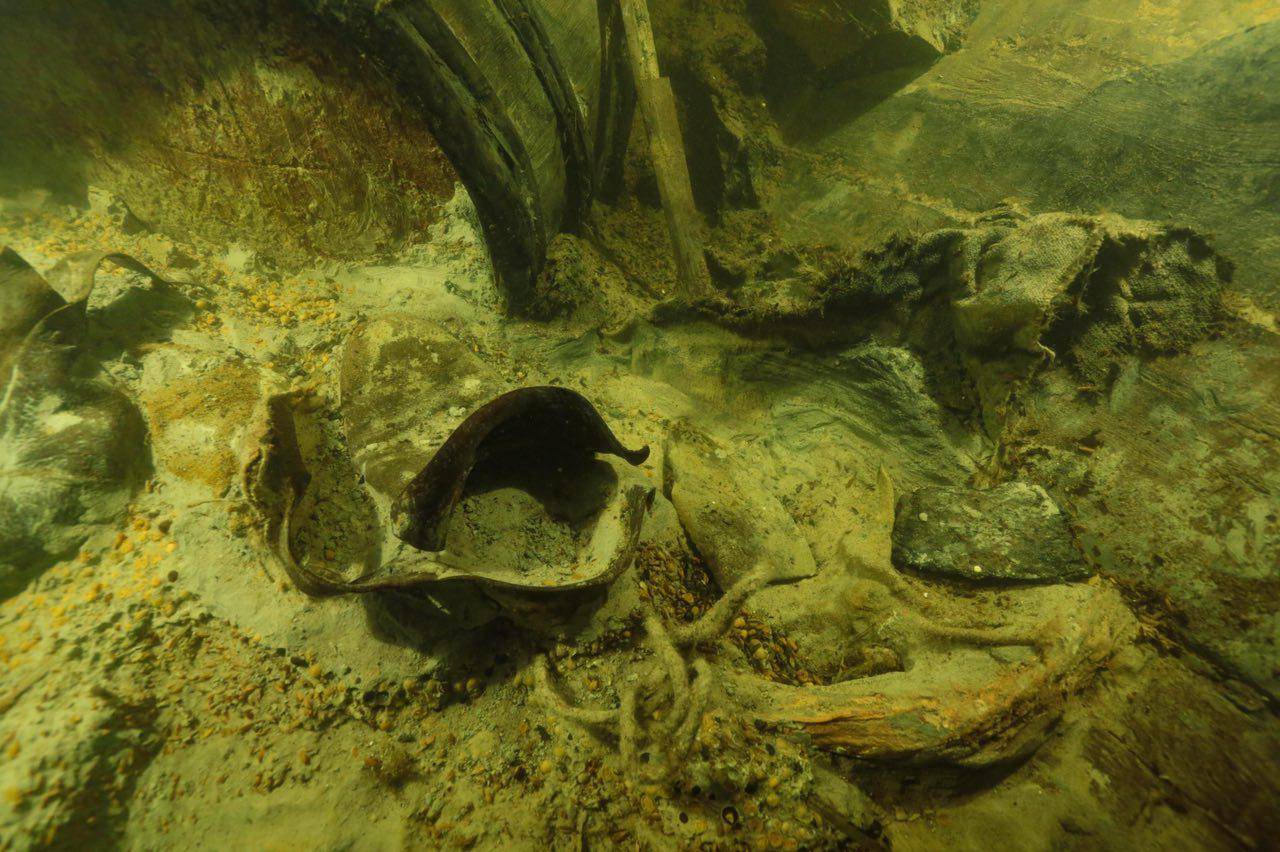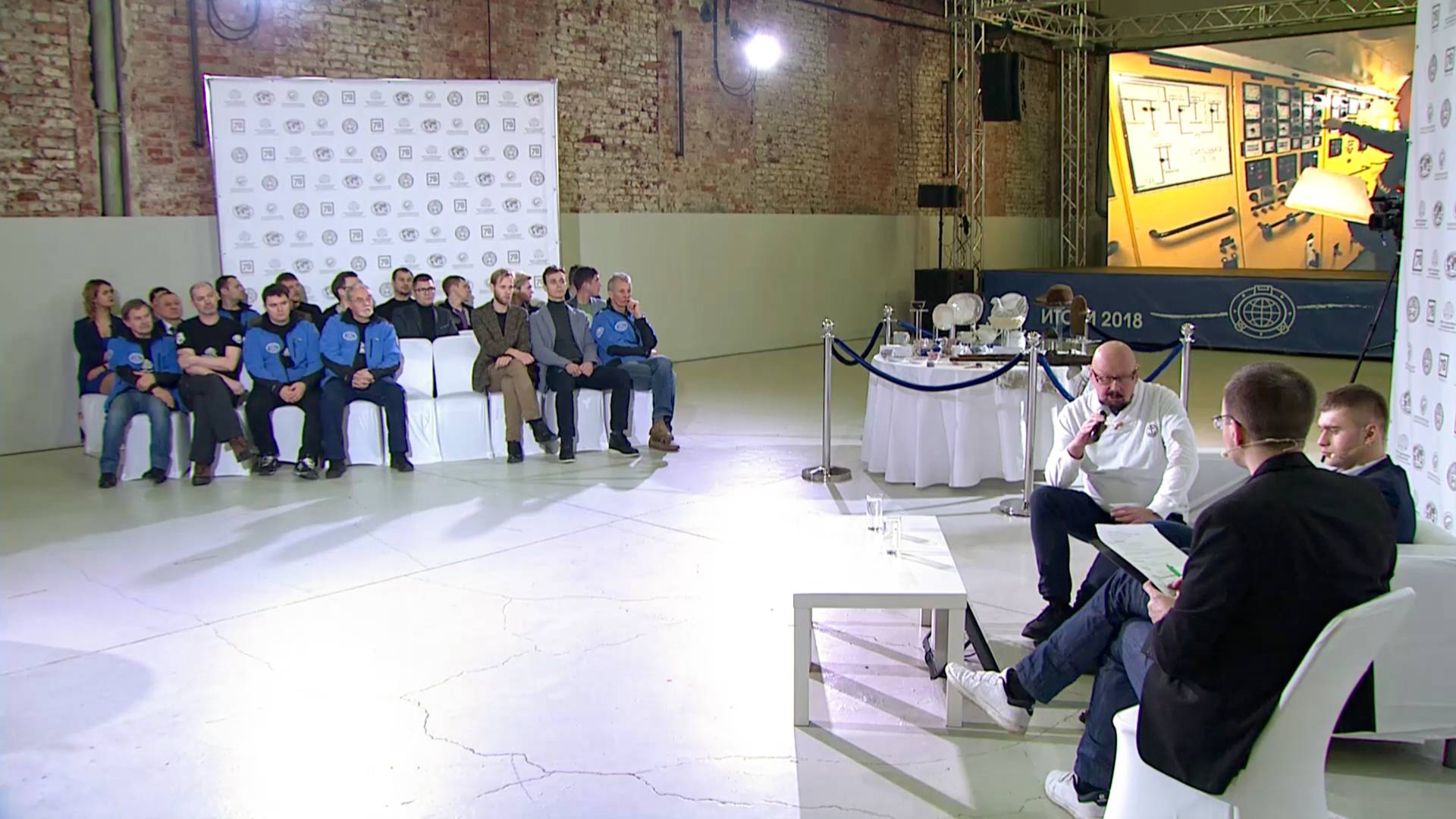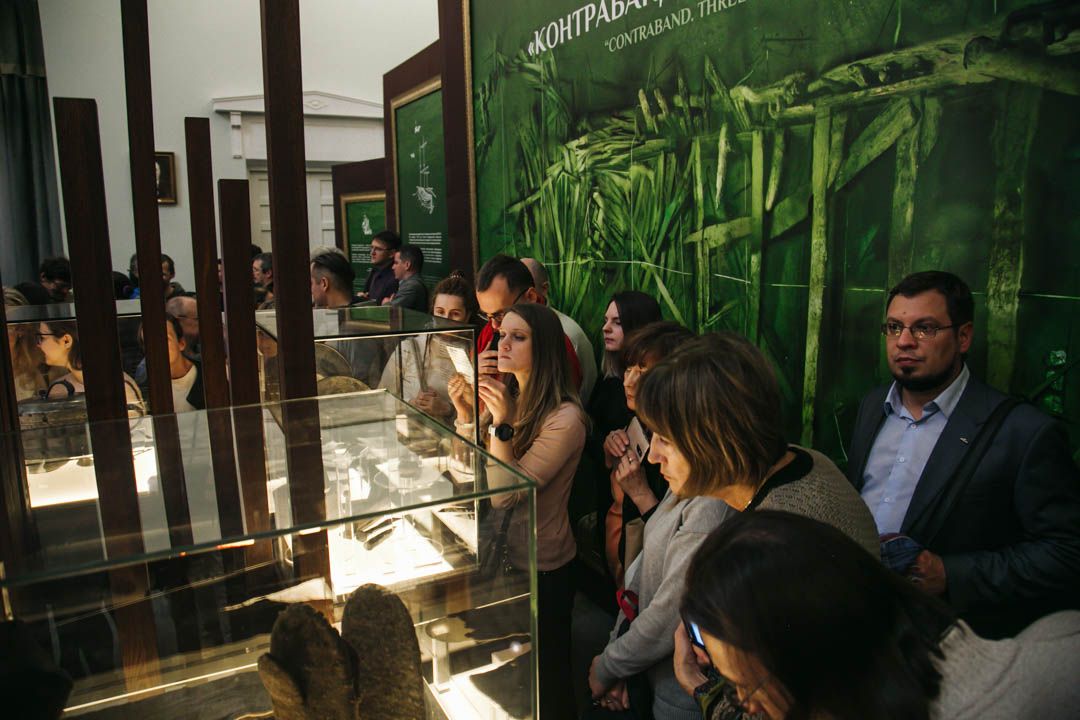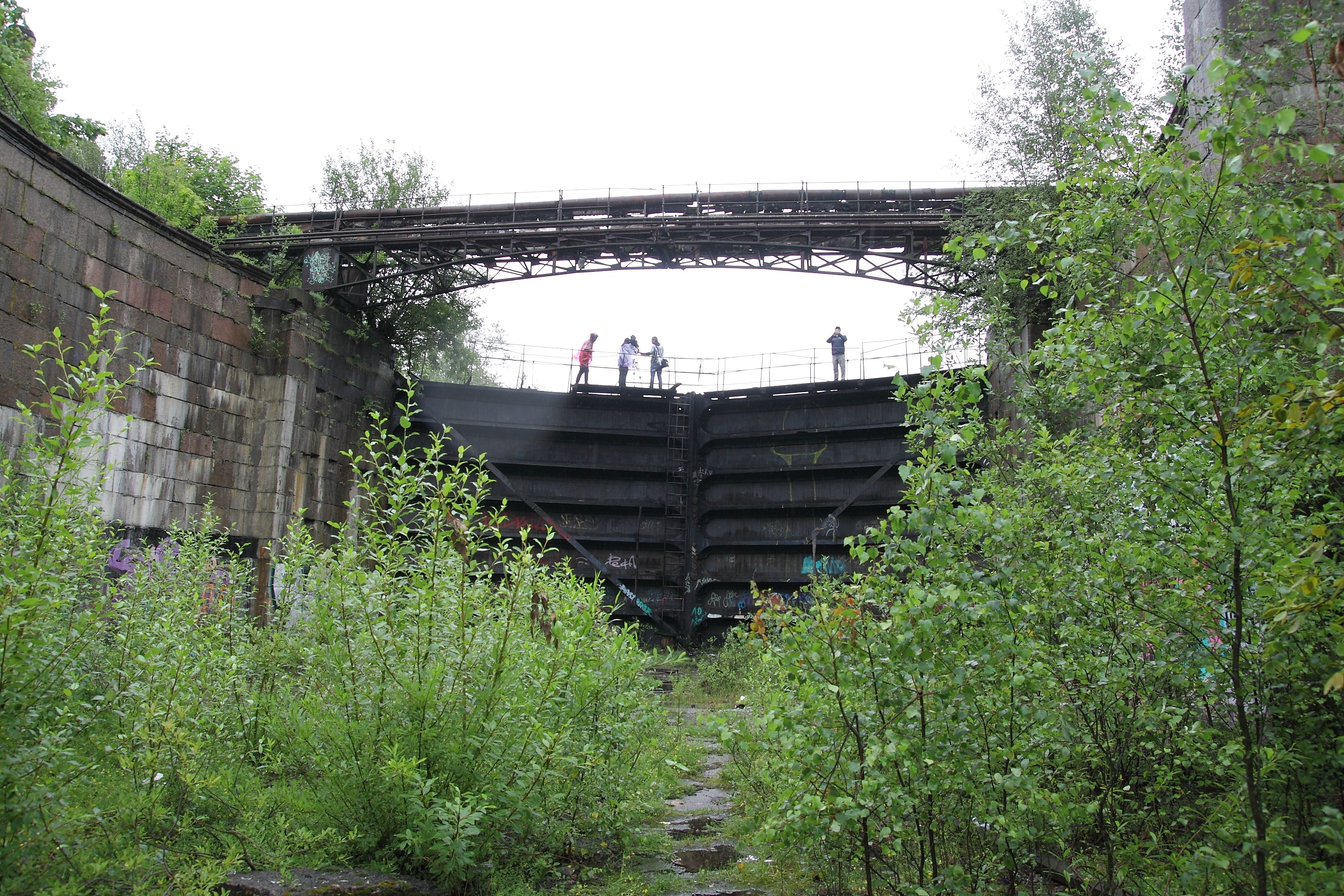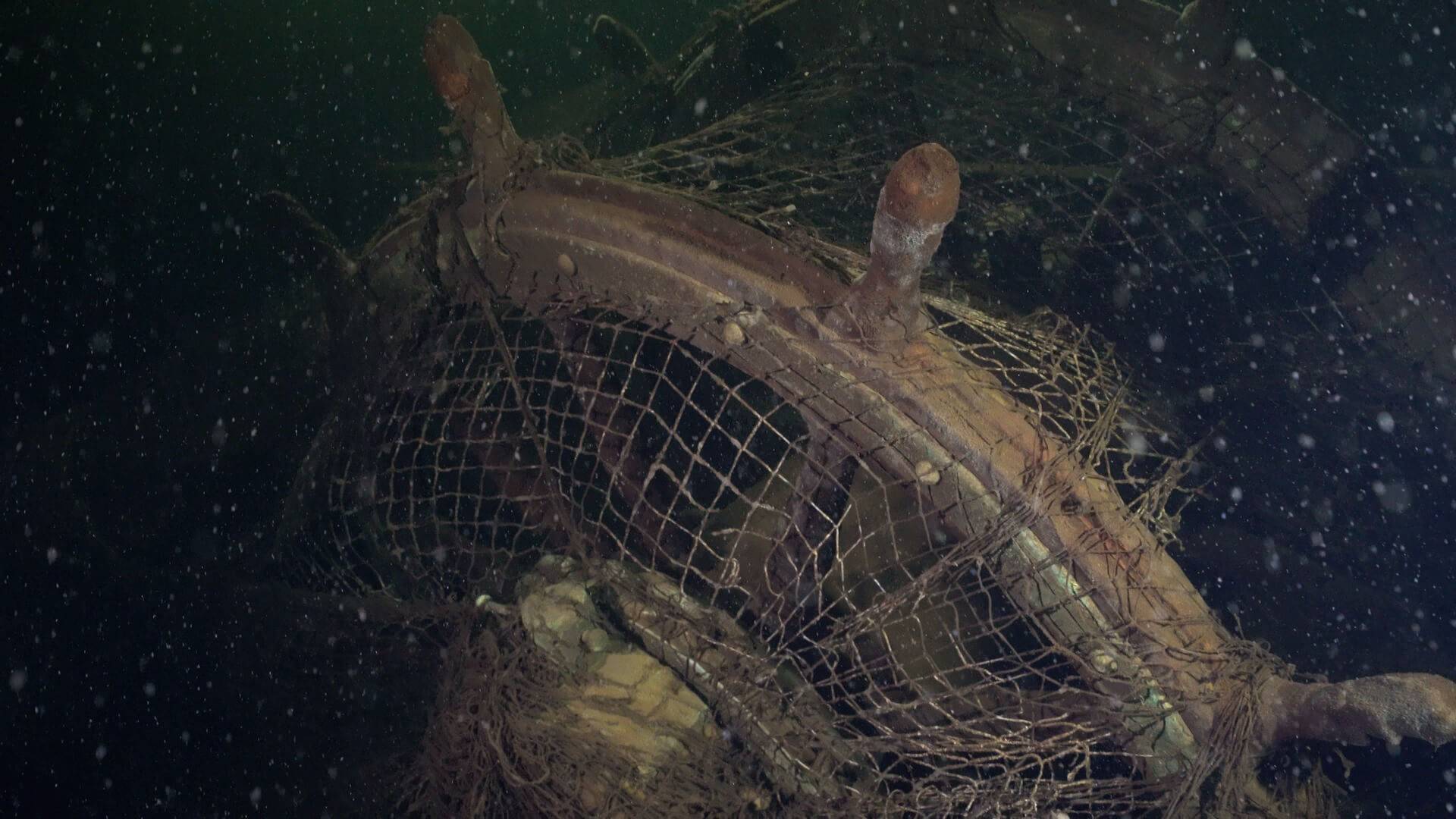The phrase "underwater archeology" brings up in the imagination of most people the pictures of sunken cities with the ruins of buildings, temples and palaces, shipwrecks standing on the even keel with torn sails hanging from the broken masts, and, of course, sturdy chests filled with sparkling piles of gold and precious stones.
And of course, any treasure hunt is filled with the exciting spirit of mystery and adventure. But all of that is only in our imagination. Well, except for the spirit of mystery and adventure.
The word "Archaeology" comes from the Greek words archaic – ancient and logos – word, doctrine. It is a historical discipline studying the human past using material sources. Underwater archaeology is also engaged in examining material sources, which for one reason or another ended up underwater.
Over 70% of the Earth is covered by water. The human life has been closely connected with water for thousands of years. People settled on the banks of lakes and rivers, they built villages and cities, some of which eventually ended up underwater; and of course, they built ships and travelled by water. The navigation history is several thousand years old. The sea exploration is associated with a huge number of events: outstanding or ordinary but often tragic. Many ships would get caught in storms; dashed, hitting sharp rocks, would cast aground, burn in fires or destroyed in battles. The remains of dozen thousands of ships are buried on the seabed. An Underwater archaeologists’ job is to find answers to a myriad of questions, such as, “how to locate the wreck?”, or “how to tell what was this ship?”, “what cargo did she carry?”, “where and when was she heading?”, or “what caused her sinking?”, or “how did people live on this ship?” – it’s just fascinating.
The work of an underwater archaeologist requires strong knowledge of the ships’ structures, equipment, armament and even the way the crew’s life was organized on board. It is impossible to do without special diving training: the ability to use a variety of special equipment, that is, devices searching the objects, for washing and removing the debris underwater, underwater photo and video equipment. In addition, a lot of other additional skills are required: to capture (sketch, film) everything found under water, competently recover the objects to the surface and most importantly, to be able to preserve them after surfacing. Most objects that have been staying under water for a while seemto be perfectly preserved, but as soon as theycome in contact with air, they can easily turn into a pile of dust due to chemical processes followed by the physical disintegration.
Preserving objects found during archaeological excavations is the final and, without exaggerating, the most important stage of all research. During excavations,a variety of materials, namely, metal, wood, ceramics, glass, and organic materials are extractedto the surface. Each of them requires an individual approach. Different preservation techniques have been specifically developed for different materials. This process is called the conservation of artefacts. The work on preserving some of them can stretch over many years. Perhaps, the most famous example is the Swedish ship "Vasa,"which sank in 1628. Her excavations lasted for almost 15 years. She was recovered to the surface in 1961, making her one of the most famous maritime museums in the world. Her conservation and restoration are still in progress.
One of the most important principles of underwater archaeological work is “do not bring to the surface anything that cannot be preserved…”.
Archaeological research is the work of a whole well-coordinated team. Excavations of an object, even a very small one, could last for several years. A number of years of hard work that requires considerable investments both into the excavation work itself and the subsequent process of preserving the objects discovered and recovered from the sea.
All archaeological activities both on the surface and underwater are regulated by the protection legislation.To perform any research,it is necessary to obtain an authorization permit for archeological excavations and surveys which is issued by the Russian Ministry of Culturetoa qualified specialist-archaeologist. This approach allows securing thearchaeological heritage from barbarous and, most importantly, illegal excavations.







